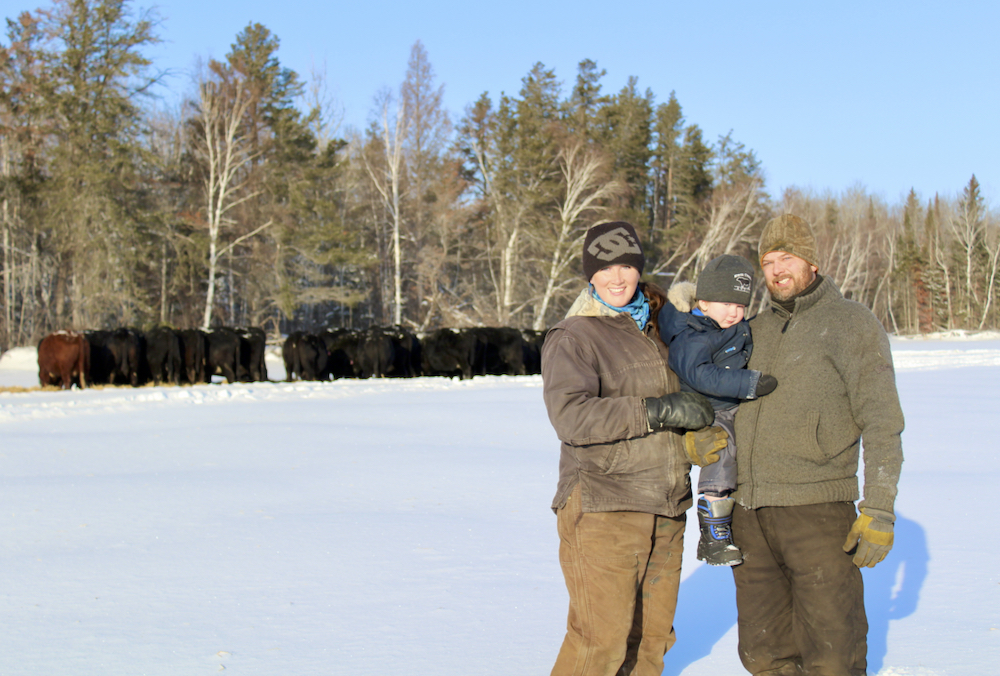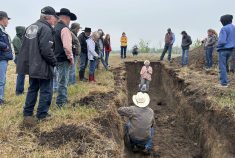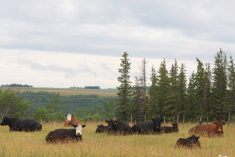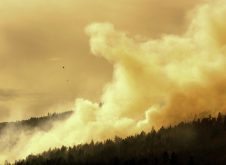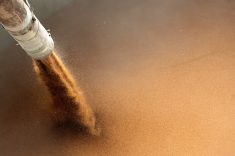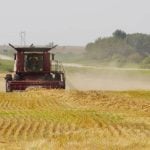Alexis Kienlen and I recently had a chance to connect with the Young Cattlemen’s Council and Cattlemen’s Young Leader program participants and alumni. Near the end of the event, we took the virtual stage to answer questions and share tips for those interested in doing interviews. I thought I’d share some of our ideas in this space, including a few we didn’t have time to get to during the event.
Kienlen is a veteran reporter at Alberta Farmer Express. Along with her day job, she also freelances, and last year had a couple of articles on agriculture published in Chatelaine. She’s also had several books published, so she’s been interviewed about her work.
Read Also
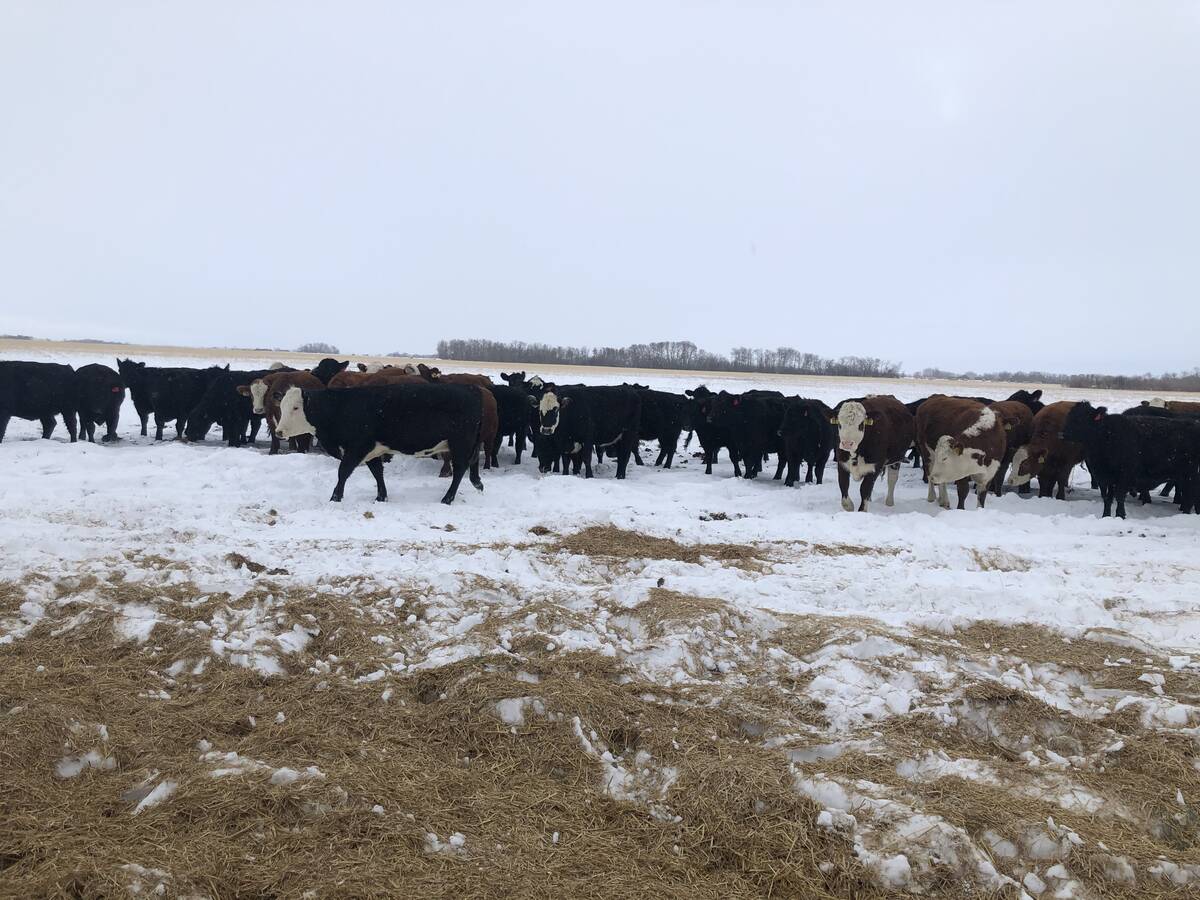
Picking the most efficient cows to rebuild your cow herd
A new cow ranking system to help beef farmers and ranchers pick the most efficient cows as they rebuild their herds.
As for me, I have freelanced, spent several years as a staff reporter at Grainews and Country Guide, and also had one book published, which led to a few media interviews. Right off the bat, I can tell you I was a little nervous about being interviewed, even though I’d been a reporter for years. Live radio was especially nerve-racking. As Kienlen said during her presentation, it’s okay to admit you’re nervous.
A concern we heard is whether a reporter is going to take a person’s quotes out of context or torque the story. One way to reduce this risk is to read or listen to the reporter’s other work before agreeing to the interview. You’ll get a sense of how they cover stories and their familiarity with agriculture. You can also check with your provincial and national organizations, to see if they have advice or resources. The Canadian Cattlemen’s Association recently revamped its beef advocacy course, for example.
Another concern that popped up during the presentation is that you’ll get a fact wrong during the interview. If you need to brush up on a policy issue or new change, Kienlen said it’s okay to do that and then call back for the interview. It’s also fine to call or email later with the correct information (do this before the reporter’s deadline, though).
Most publications will be happy to send you a link or hard copy of the story after publication. If there is a mistake in the story, let the reporter know. It’s very easy to correct online versions of articles these days. If it’s a significant error, ask if they’ll run a correction in the print issue as well.
Kienlen advised people to be mindful of jargon — there’s a lot of it in our industry. How much jargon you can use varies with the audience. Chatelaine or any other non-ag media is likely going to require explanation of common ag terms such as rotational grazing or variety trials. Kienlen suggests pretending you’re talking to a city cousin who doesn’t know about ranching.
If you’re talking to a reporter with Alberta Farmer Express or Canadian Cattlemen, you can assume that most readers will be down with a lot of your farm lingo. But even terms such as adaptive multi-paddock grazing (AMP) may not be widely known yet with a general farm audience. An astute event participant pointed out that acronyms for organizations can also be confusing. Kienlen noted that she likes to repeat things back to the interviewee when she’s learning something new to avoid mistakes, and you might notice other reporters doing this.
A common question is whether you’ll be able to review the story before publication. Most publications won’t let sources review stories (although I can tell you, from my freelance days, this is not true across the board). There are a few reasons for this: concerns around censorship (especially multi-source stories), concerns around people trying to rewrite their quotes to sound more eloquent (please don’t) and tight deadlines.
The bottom line is that if you want to review the story, please ask the reporter before you do the interview. If they say yes, be mindful of the deadline. Also remember the story is going to be edited after you read it, and that the writer likely won’t have the final say in the headline. If the reporter says no, you can ask to review the reporter’s interview notes to check for accuracy. Another option might be to review your quotes, or see if someone will read it to you over the phone. If the answer remains no, you at least know where things stand. Personally, I wouldn’t avoid an interview just because the publication doesn’t allow reviews before publishing, but it’s up to you.
Kienlen had some good suggestions for providing photos, which we weren’t able to get to during our talk. We always like getting photos, especially photos of people. While some publications will send photographers, many don’t have the budget, and rely on the reporter taking photos or the source forwarding some. If you’re going to be a spokesperson for the industry or promoting your ranch, you’ll need a good headshot, Kienlen says. It’s also good to have photos of your ranch. If you’re using your iPhone, Kienlen suggests getting in close (with your feet, not the zoom) and making sure the photos have a large file size (one MB). Make sure you don’t compress your photos.
At Canadian Cattlemen, we have some flexibility when working with photos inside the magazine, and can sometimes make less-than-optimal images work. But the cover is less forgiving. Photos have to be larger, in both dimension and file size, and the subjects have to be sharp.
The cover photo for our February 2022 issue (seen at the top of this page) was provided by the Pletts and taken by Jessica Thomson in early January (thanks Jessica). It was -40 C when she took the photo, and so she only got a couple of shots before the cold wind ended the session.
Usually we like portrait-oriented photos for the cover. This was a landscape-oriented shot, but it was large enough to allow our designer, Patrick Lim, to crop to make it fit. The photo also works well because the people’s faces are sharp and visible, and there was enough room above their heads for Lim to add the magazine’s title and other copy, plus the Charolais ad. Although the focus is on the Plett family, it’s great that they’re outside, with their cattle in the background. I also like that they’re in their everyday clothes, as it reminds us of the cold we just endured out West, and gives people a sense of solidarity, I think.
Based on this photo’s large file size and depth of field (the Pletts are sharp, the background purposefully not in focus), I’m guessing Thomson was using a DSLR, or possibly a good photo app on her phone. However, we’ve also run photos on the cover snapped with an iPhone that turned out beautifully, so don’t be put off if you don’t have a DSLR camera.


